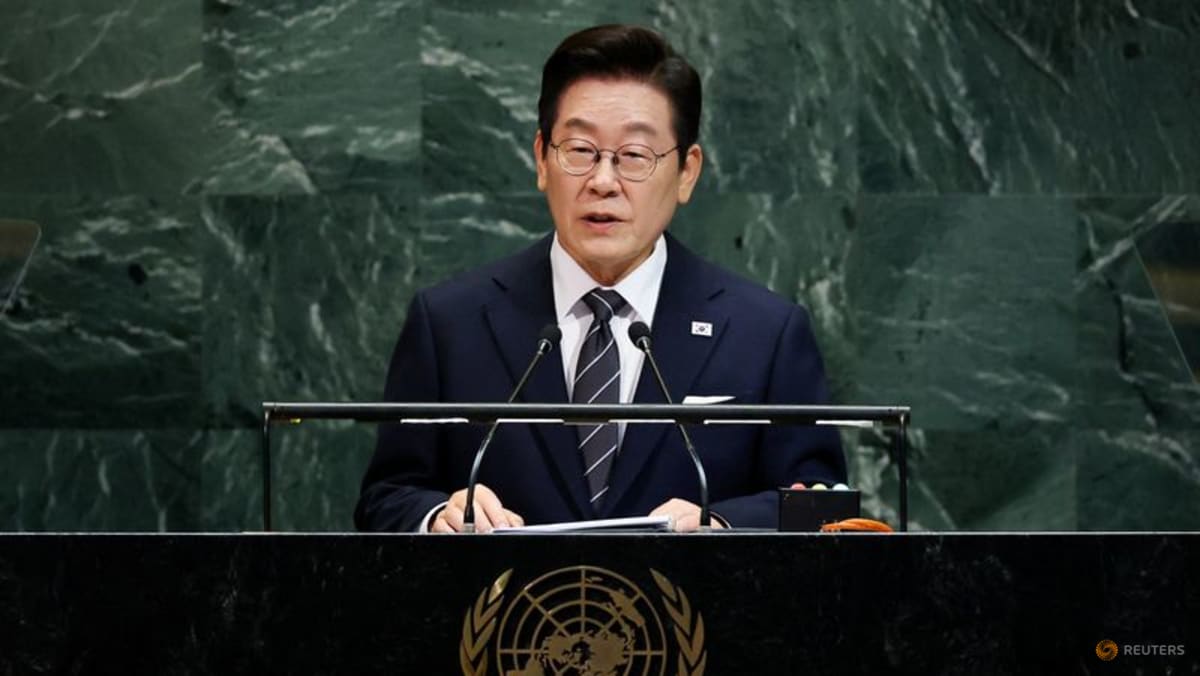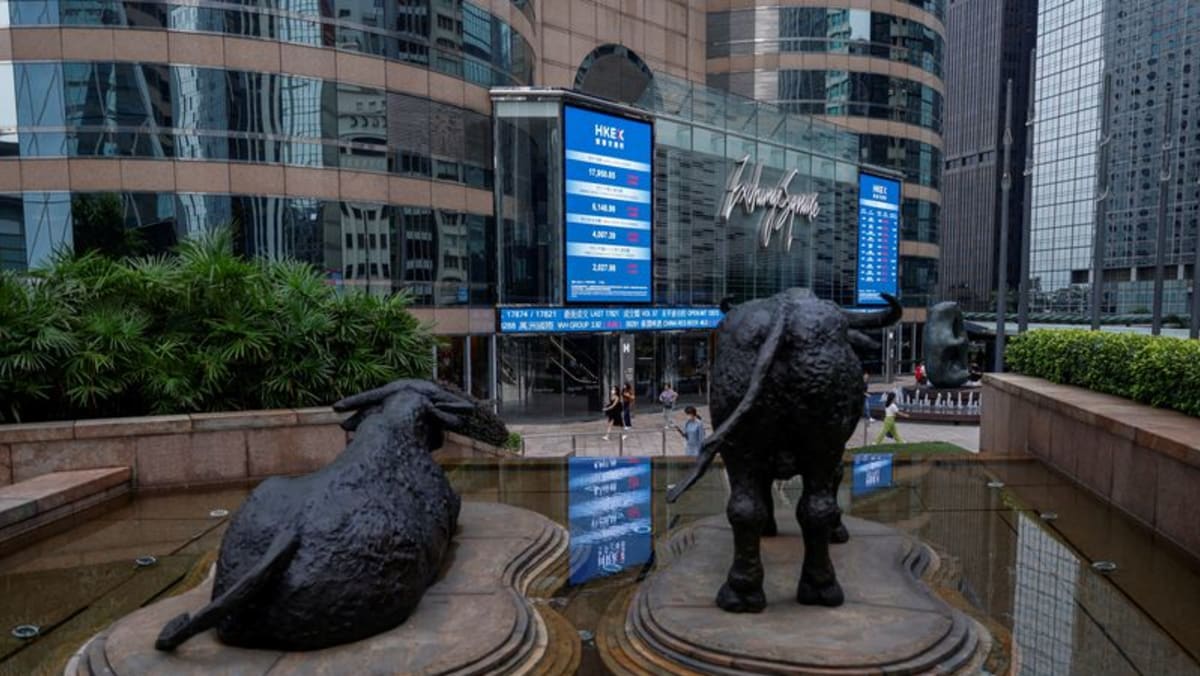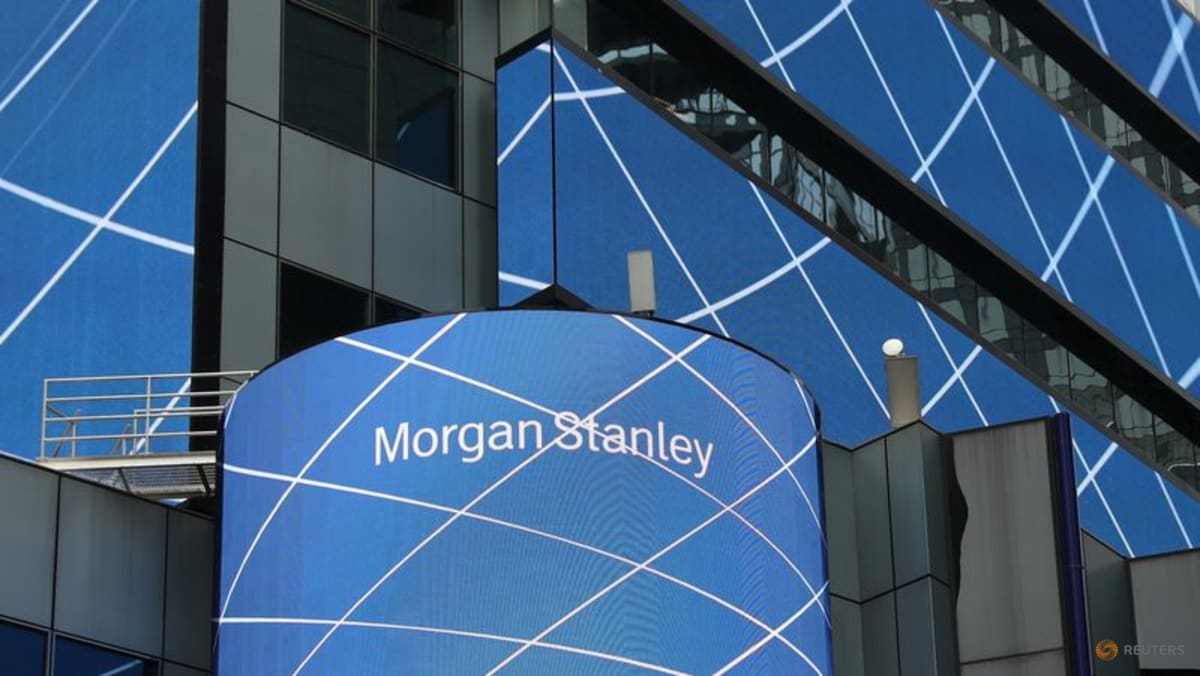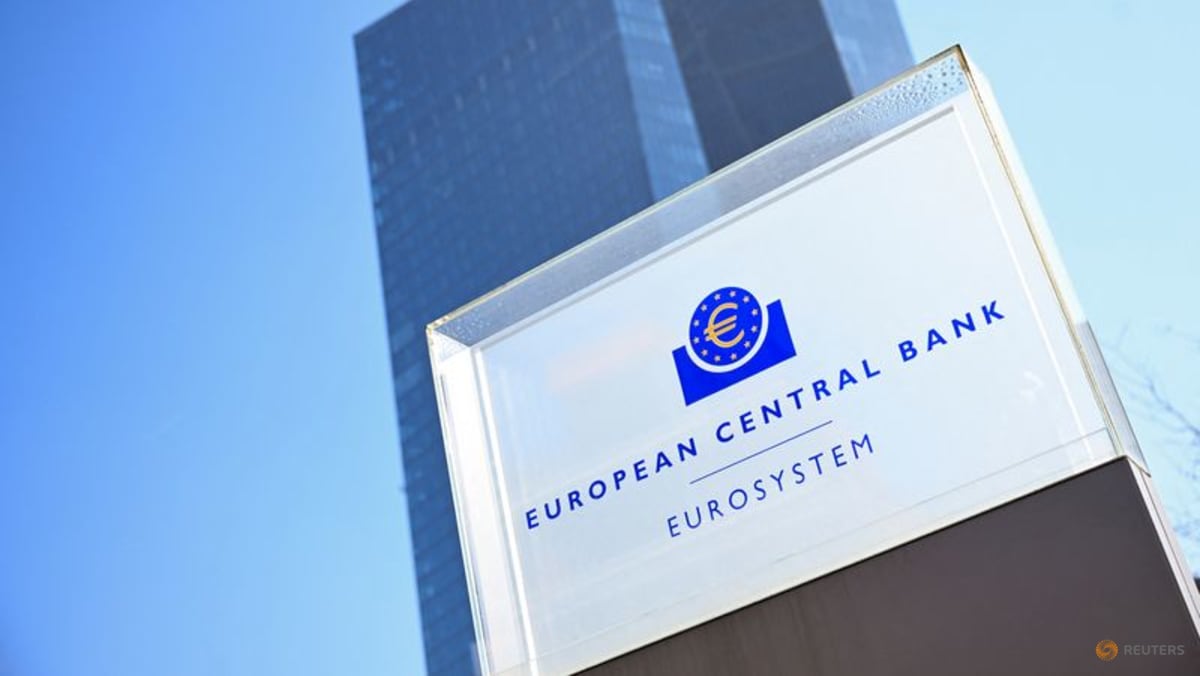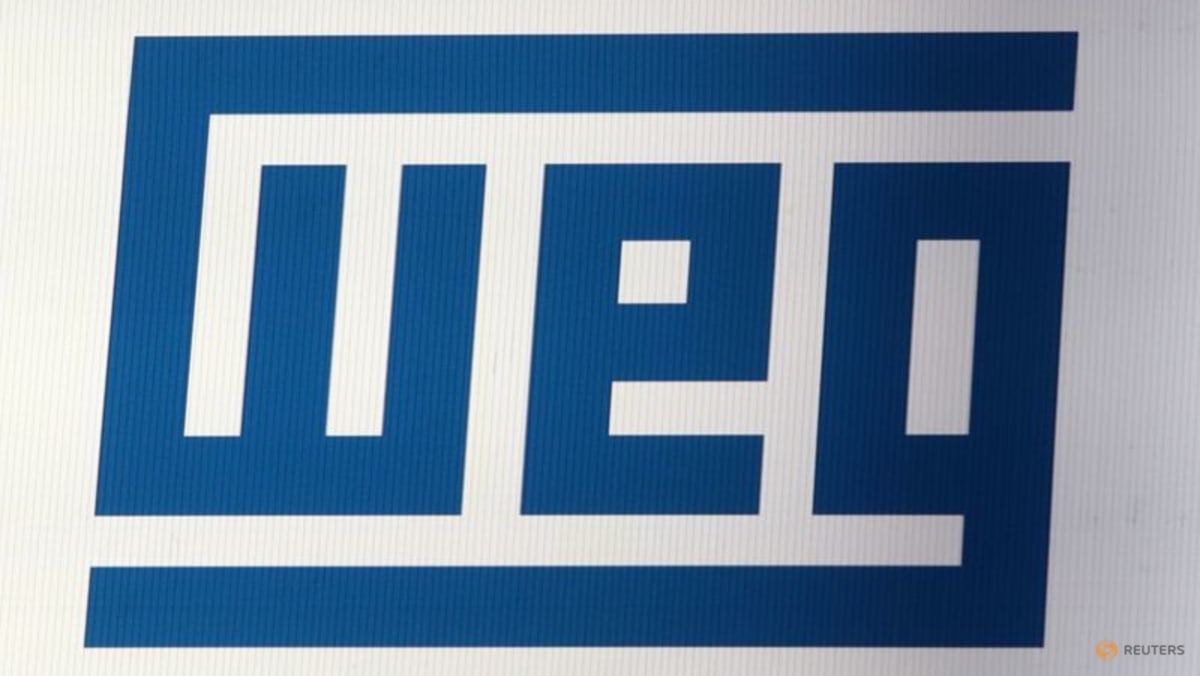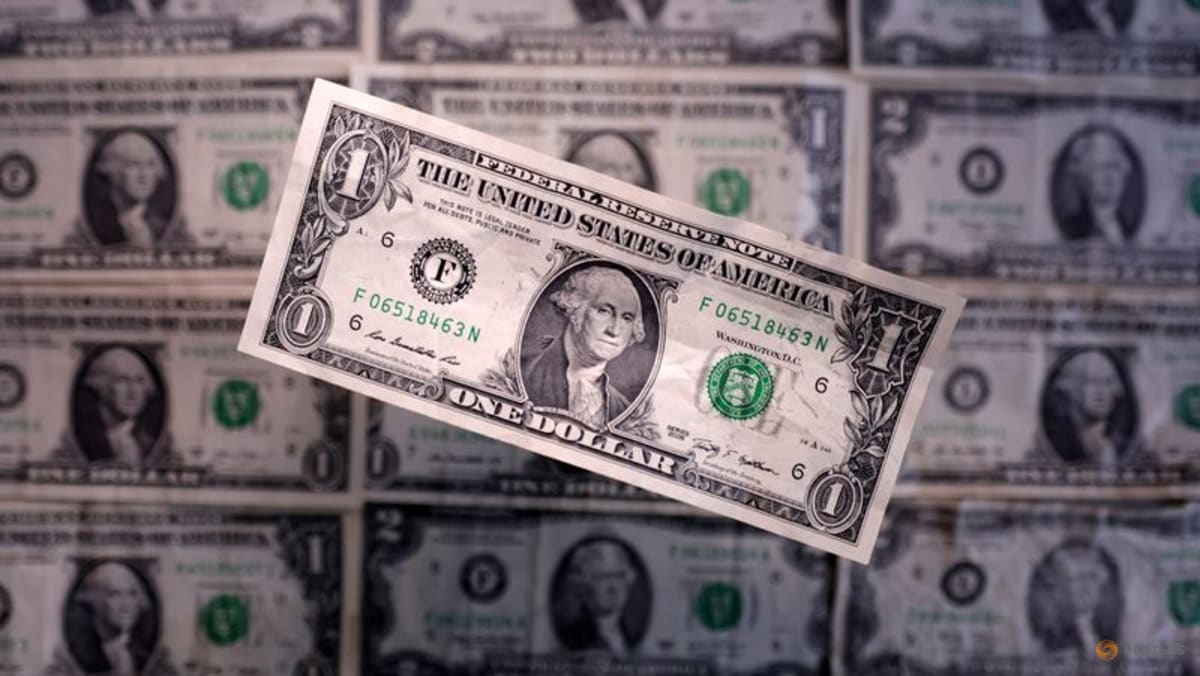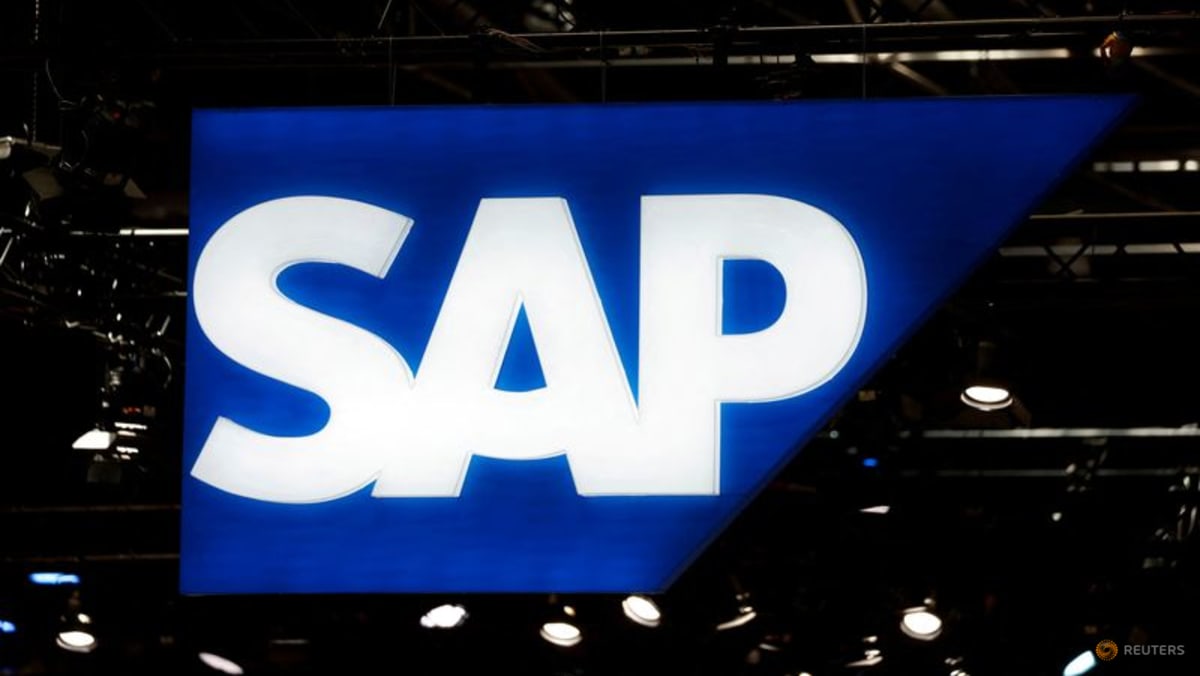SYDNEY :Asian shares and the yen held their ground on Monday as Japanese elections proved bad for the government but no worse than already priced in, while Wall Street futures braced for earnings from the first of the tech giants.
Investors were also hoping for some progress in trade talks ahead of President Donald Trump’s August 1 tariff deadline, with U.S. Commerce Secretary Howard Lutnick still confident a deal could be reached with the European Union.
There were reports Trump and Chinese leader Xi Jinping were closer to arranging a meeting, though likely not until October at the earliest. European Commission President Ursula von der Leyen has stolen a march and will meet with Xi on Thursday.
In Japan, the ruling coalition lost control of the upper house in an election on Sunday, further weakening Prime Minister Shigeru Ishiba’s grip on power as a tariff deadline looms.
Ishiba vowed to stay in the position, which along with a market holiday, limited the reaction and the yen was 0.4 per cent firmer at 148.29 to the dollar.
“The loss was within the range of expectations, and actually the outlook was even more pessimistic,” said Nissay Research Institute chief economist Tsuyoshi Ueno.
“In terms of negotiations with the U.S., it is easy to doubt whether a government with such a weak foundation is reliable as a negotiating partner,” he added. “For the Bank of Japan, if there is political instability, it will be difficult to raise interest rates, and pressure on the yen will continue.”
The BOJ still has a bias to raise rates further but markets imply little chance of a move until late October.
While the Nikkei was shut, futures traded at 39,885 and up on the cash close of 39,819.
MSCI’s broadest index of Asia-Pacific shares outside Japan eased 0.1 per cent, while South Korean stocks added 0.5 per cent.
Chinese blue chips firmed 0.3 per cent, led by rare earth and construction sectors, as Beijing kept interest rates unchanged as widely expected.
MEGA CAPS KICK OFF
EUROSTOXX 50 futures and DAX futures both dipped 0.3 per cent, while FTSE futures were flat.
S&P 500 futures and Nasdaq futures both edged up 0.2 per cent, and are already around record highs in anticipation of more solid earnings reports.
A host of companies reporting this week include Alphabet and Tesla, along with IBM.
Investors also expect upbeat news for defence groups RTX, Lockheed Martin and General Dynamics. Ramped up government spending across the globe has seen the S&P 500 aerospace and defence sector rise 30 per cent this year.
Tech giant Microsoft issued an alert about “active attacks” on server software used by government agencies and businesses, urging customers to download security updates.
In bond markets, U.S. Treasury futures held steady having dipped late last week after Federal Reserve Governor Christopher Waller repeated his call for a rate cut this month.
Most of his colleagues, including Chair Jerome Powell, have argued a pause is warranted to judge the true inflationary impact of tariffs and markets imply almost no chance of a move in July. A September cut is put at 61 per cent, rising to 80 per cent for October.
Powell’s reticence on rates has drawn the ire of Trump who threatened to fire the Fed chief, before backing down. The spectre of a potential political appointee who would seek to ease policy sharply has investors on edge.
The European Central Bank meets this week and is expected to hold its rates steady at 2.0 per cent following a string of cuts.
“The press conference will likely keep highlighting uncertainty and need to wait for tariff negotiations to conclude before deciding the next step,” said analysts at TD Securities in a note. “Similarly, its ‘meeting-by-meeting’ language would be retained in the release.”
The euro was unchanged at $1.1630 in early trading, having dipped 0.5 per cent last week and away from its recent near-four-year top of $1.1830. The dollar index was a fraction lower at 98.373.
In commodity markets, gold firmed 0.5 per cent to $3,367 an ounce with all the recent action in platinum which last week hit its highest since August 2014.
Oil prices were caught between the prospect of increased supply from OPEC+ and the risk European Union sanctions against Russia for its war in Ukraine could curb its exports.
Brent edged up 0.1 per cent to $69.38 a barrel, while U.S. crude added 0.2 per cent to $67.50 per barrel.
(Editing by Sam Holmes and Shri Navaratnam)

